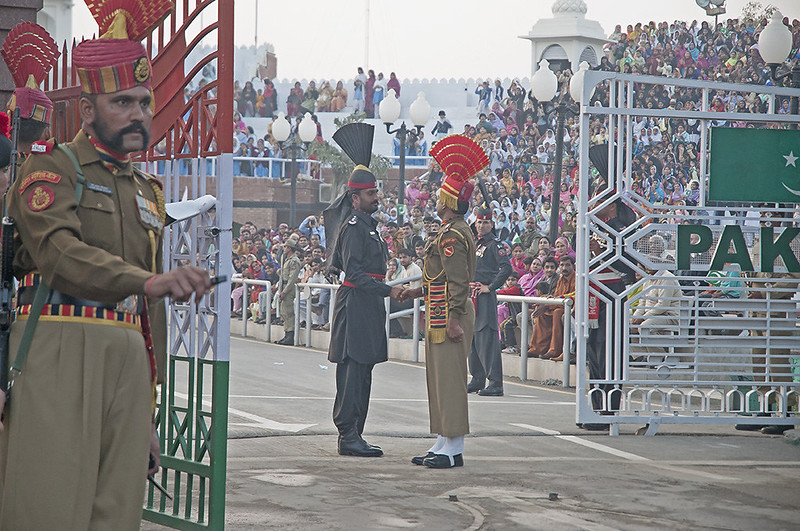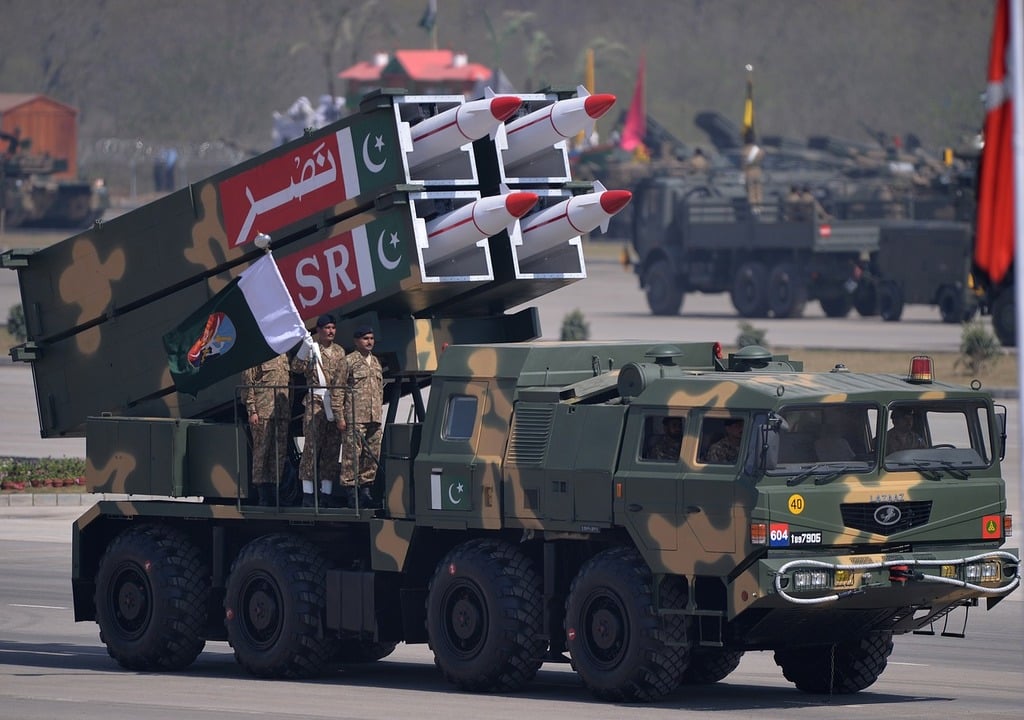
Turning Point or Deepening Disaster?
Three days into the Pakistan-India war, the conflict has escalated beyond border clashes. On May 10, 2025, Day 3 began with a marked shift in military tactics—from border skirmishes to targeted strikes deeper inside each nation’s territory. As fears of a full-scale war intensify, both sides appear locked into a dangerous game of attrition with no diplomatic offramp in sight.
While world leaders continue to push for a ceasefire, neither Islamabad nor New Delhi has shown signs of backing down. Civilian areas are increasingly at risk, and the war is now threatening major cities for the first time.
Key Developments on Day 3
1. Major Cities Targeted in Air Raids
In the early hours of the morning, air raid sirens were heard across Lahore, Amritsar, and Srinagar. Reports confirm that the Indian Air Force targeted suspected weapons depots near Gujranwala and Chakwal, both less than 200 km from Islamabad. The Pakistani Air Force responded with coordinated strikes near Pathankot and a reported drone attack on a military facility in Himachal Pradesh.
Air defense systems in both countries were fully activated. Indian cities like New Delhi and Mumbai began conducting civil defense drills, while Pakistan placed Islamabad, Faisalabad, and Karachi on red alert.
2. Naval Movements in the Arabian Sea
For the first time since hostilities began, naval units have been mobilized. The Indian Navy confirmed deployment of two destroyers and a submarine flotilla to the Arabian Sea. Pakistan responded by moving its Agosta-class submarines and several missile boats into defensive positions along its coastline. Satellite images revealed increased naval surveillance activity and the positioning of maritime patrol aircraft.
Military analysts warn that naval engagement would widen the war beyond land borders, possibly affecting international trade routes and oil shipping lanes.
3. Information War and Propaganda Surge
With both sides competing to control the narrative, disinformation surged online. Deepfakes, manipulated news, and fake casualty numbers flooded social media, prompting Facebook, X (formerly Twitter), and YouTube to take emergency moderation steps. Pakistan accused India of “psychological warfare,” while Indian media highlighted “state-sponsored digital sabotage.”
Governments on both sides are urging citizens to trust only official channels, but panic and fear are rising amid the fog of war.
Civilian Toll and Displacement Soar
The humanitarian crisis is becoming a central concern. By Day 3, over 500,000 people had been displaced across both countries. Entire border villages have been emptied. Emergency refugee camps have been set up in Multan, Rawalpindi, Amritsar, and Jammu. Food shortages, lack of medical care, and poor sanitation are compounding the suffering.
The confirmed civilian death toll crossed 170, with nearly 1,000 injured. Schools, hospitals, and religious centers are being repurposed as shelters. Volunteers and aid workers are struggling to keep up.
Global Calls for Immediate Ceasefire
The international response has intensified. The United States, Saudi Arabia, China, and Turkey have each dispatched envoys to both capitals. The UN Secretary-General called the situation “on the brink of a catastrophic regional war.”
Russia offered to mediate ceasefire talks in Astana, while the European Union issued a joint statement warning of economic sanctions if either nation escalates to the use of long-range or unconventional weapons.
A small breakthrough came late in the evening as Pakistan and India reportedly agreed—through backchannel diplomacy—to allow humanitarian corridors in two sectors for civilian evacuations. While temporary, it’s the first sign of coordination since war began.
Conclusion: What Lies Ahead?
Day 3 may be remembered as the day the war grew out of control—or possibly the moment the world began to pull both sides back from the edge. With modern military technology, cyber warfare, and nuclear-capable systems in play, this is no longer a conventional conflict.
The next 24 hours are critical. Will diplomacy gain traction? Or will Day 4 see the introduction of heavier weaponry and deeper strikes into urban centers?






